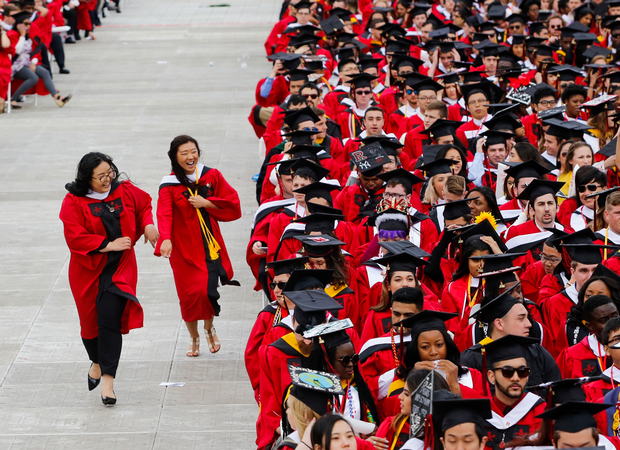Pengfei feminist
on August 8, 2019
Wushuang at Women’s March in New York City, January 19, 2019.
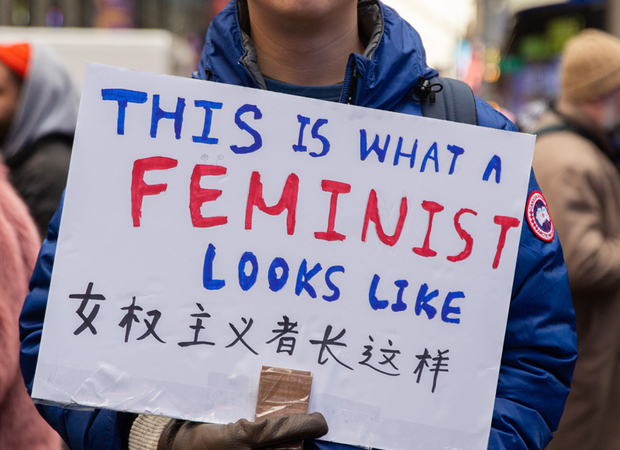
Wushuang at Women’s March in New York City, January 19, 2019.

A recent move by the U.S. Department of Commerce reminds us that academic relationships are not immune from the effects of deteriorating U.S.-China relations. In April 2019, the Department included several Chinese universities on its Unverified List (UVL)—most notably, Renmin and Tongji Universities, prestigious, highly ranked schools with many ties abroad. While being placed on the UVL is not the most serious action the U.S. government can take against a Chinese university, the UVL episode illustrates some of the obstacles facing deeper U.S.-Chinese academic cooperation in the future. Such cooperation will not likely come to an immediate, screeching halt because of the designation, but it is easy to imagine that there may be longer-term, more subtle effects as U.S. universities begin to think twice about working with their Chinese counterparts.
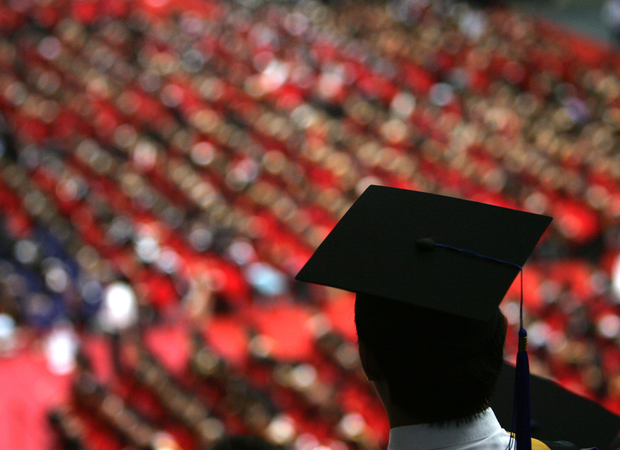
Beijing’s top official in Hong Kong, Wang Zhimin, called the protests a “life and death war” and compared them to the “color revolutions.” Coming a week after Hong Kong police charged 44 people with rioting and days after strikes paralyzed parts of the city, the comments are the latest salvo in an intensifying dispute between Hong Kong protesters and their government. Over the last few months, millions of Hongkongers have taken to the streets—some calling for more democracy, or the shelving of a controversial extradition law, or the resignation of embattled Chief Executive Carrie Lam. Meanwhile, Beijing has hinted it’s willing to use force to break up the protests. “Should the chaos continue,” said a spokesman for Beijing’s Hong Kong and Macau Affairs Office, “it is the entire Hong Kong society that will suffer.” What’s next for Hong Kong? And what is the likelihood the protests will end peacefully, or descend into further bloodshed?
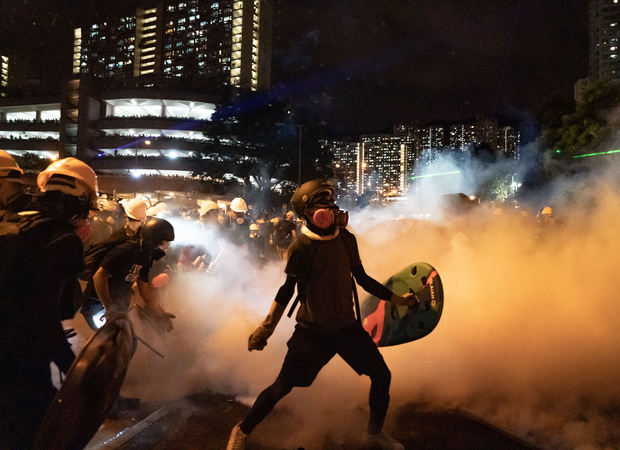
The Tianjin Public Security Bureau (PSB) recent held an ceremony recognizing the establishment of 16 local sub-bureaus of the Foreign NGO Management Office.
The Hainan Province Public Security Bureau (PSB) Foreign NGO Management Office issued a registration certificate to the American Academy of Anti-Aging Medicine (A4M). Representatives from the Hainan Health Commission also attended the ceremony.
We should pause before impetuously tracing the practice of describing Islam as an illness, disease, or even cancer to “Western” politicians. While the United States-led “War on Terror” and subsequent global anxieties over Islam have undeniably emboldened the C.C.P. to act with impudence toward Turkic Muslim populations, we must also recognize a history of C.C.P. attempts to pathologize any culture that poses a political threat.
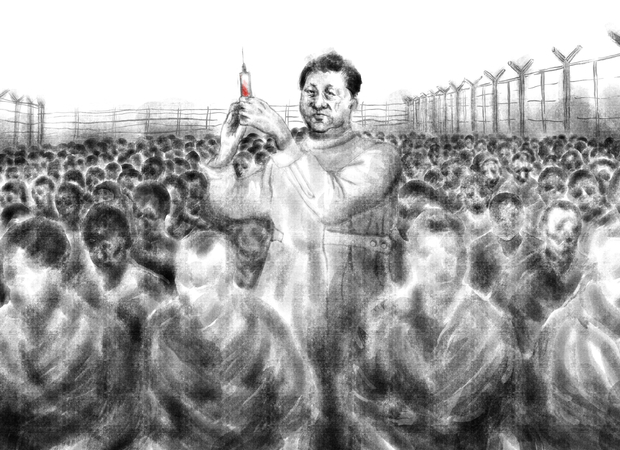
Princeton University Press: Since the 1949 Communist Revolution, China has devised nine different military strategies, which the People’s Liberation Army (P.L.A.) calls “strategic guidelines.” What accounts for these numerous changes? Active Defense offers the first systematic look at China’s military strategy from the mid-20th century to today. Exploring the range and intensity of threats that China has faced, M. Taylor Fravel illuminates the nation’s past and present military goals and how China sought to achieve them, and offers a rich set of cases for deepening the study of change in military organizations.
Drawing from diverse Chinese-language sources, including memoirs of leading generals, military histories, and document collections that have become available only in the last two decades, Fravel shows why transformations in military strategy were pursued at certain times and not others. He focuses on the military strategies adopted in 1956, 1980, and 1993—when the P.L.A. was attempting to wage war in a new kind of way—to show that China has pursued major change in its strategic guidelines when there has been a significant shift in the conduct of warfare in the international system and when the Chinese Communist Party has been united.
Delving into the security threats China has faced over the last seven decades, Active Defense offers a detailed investigation into how and why states alter their defense policies.
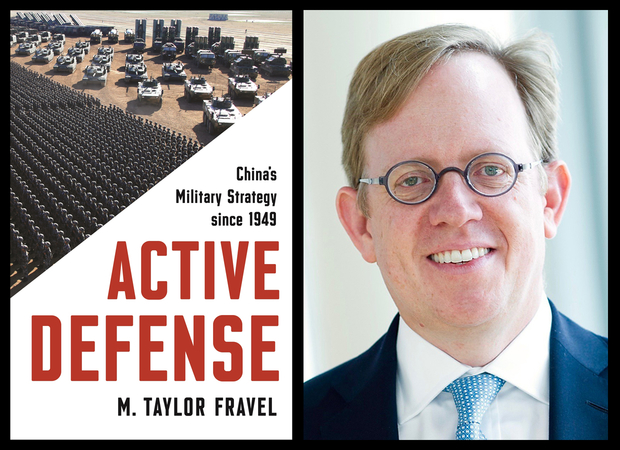
Contributor Holly Snape writes about two trends that have the potential to significantly reshape and further restrict space for civil society activity in mainland China: first, changing incentive structures for government officials, including those who are charged with overseeing civil society affairs; and second, narrowing definitions of permissible civil society activity. Diving deep into the nature of civil servant assessments, Snape discusses how these new rules might affect how government employees interact with NGOs.
Against a backdrop of talk of a “new cold war” between China and the U.S., it is more important than ever for international NGOs, scholars, and policymakers to understand the dimensions of the environment in which their Chinese counterparts work. In this context, two political trends in China merit attention: first, changing incentive structures for government officials, including those who are charged with overseeing civil society affairs; and second, narrowing definitions of permissible civil society activity. These two trends have the potential to significantly reshape and further restrict space for civil society activity in mainland China.
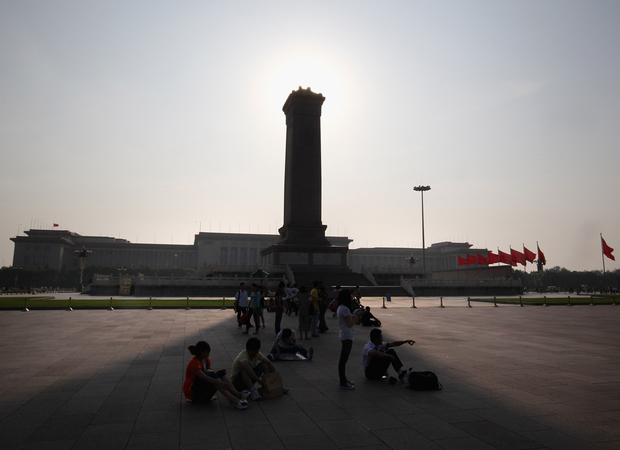
The State Department’s top education official Marie Royce gave a speech entitled “The United States Welcomes Chinese Students.” In it, she quoted recent remarks from Donald Trump, who said, “We want to have Chinese students come and use our great schools, our great universities. They have been great students and tremendous assets.” However, the remarks come amidst growing tensions between the two nations. On June 3, an official from China’s Ministry of Education warned students about the “risks” associated with studying in the United States, and Chinese data claims the U.S. government is rejecting a growing number of visa applications from Chinese government-sponsored students.
